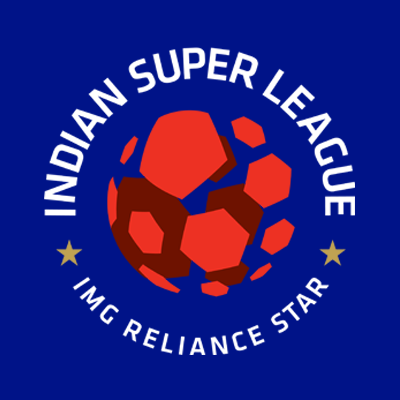Indian Super League: My Brief Analysis So Far
 The Indian Super League (ISL), a concept
which has been discussed at length for the past three years, has finally
arrived. And, although it’s true that this property remained in the minds and
mouths of IMG-Reliance executives in Mumbai and London for far too long, I must
say that I’m pleasantly surprised with what the league office staff have been
able to put together over the past few months.
Coming from my Major League Soccer days, I have a decent sense of all
the different moving parts required to organize a quality professional football
league, a task which is exponentially harder in a country like India where
systems and processes are merely good ideas and far from reality. In spite of
all odds, ISL has successfully launched with most of the necessary elements in
place to support the development of a sustainable league: ownership with deep
pockets, strong broadcast partner, clear brand identity, robust marketing plan,
family of partners and rosters filled with a mix of recognizable stars, role
players and local talent.
The Indian Super League (ISL), a concept
which has been discussed at length for the past three years, has finally
arrived. And, although it’s true that this property remained in the minds and
mouths of IMG-Reliance executives in Mumbai and London for far too long, I must
say that I’m pleasantly surprised with what the league office staff have been
able to put together over the past few months.
Coming from my Major League Soccer days, I have a decent sense of all
the different moving parts required to organize a quality professional football
league, a task which is exponentially harder in a country like India where
systems and processes are merely good ideas and far from reality. In spite of
all odds, ISL has successfully launched with most of the necessary elements in
place to support the development of a sustainable league: ownership with deep
pockets, strong broadcast partner, clear brand identity, robust marketing plan,
family of partners and rosters filled with a mix of recognizable stars, role
players and local talent.
With three games of the inaugural ISL
season in the books, the general perception of the league has been quite
positive. I watched the entire Atletico
de Kolkata vs Mumbai City FC match on television and was impressed with the
atmosphere, quality of play and overall production of the broadcast; all things
that were severely lacking in 90% of I-League matches over the past seven years
with only Bengaluru FC and, at times Mohun Bagan and East Bengal, serving as
the outliers. As a football purist, I
was not overly excited with how much Bollywood was incorporated into the
opening ceremony and throughout the match however I’ve lived in India long
enough to understand that this is what the masses desire.
Last night I attended the Delhi Dynamo vs.
FC Pune City match at Nehru Stadium. It
was Del Piero’s first official match on Indian soil and there was certainly
excitement in the air. Although the organizers said it was a sold out game, I’d
say that about 50% of the stadium was actually full but even that is an
impressive effort and certainly the largest number of people to ever turn up
for a domestic football match in Delhi.
As someone who loves football and working
in the industry I’m glad I attended the match, however I didn’t have the most
pleasant experience. Traffic leading up to the stadium was a nightmare, entering
the stadium was a zoo and the overall in-stadium consumer experience was less
than adequate. I didn’t expect much more
than what took place as I’ve encountered similar difficulties at Nehru Stadium
during the Commonwealth Games and Nehru Cup however it’s hard not to believe that
a team which pays a player $1.2 million for 3 months of work can also ensure
that its stadium has clean bathrooms and sells edible food. That said, I understand that these are all
teething problems which can certainly be rectified over time. The important thing was that last night in
Delhi 22 players made up of FIFA World Cup stars, quality foreigners and Indian
talent put on an entertaining display of football for 90 minutes in front
around 30,000 excitable supporters.
On a more personal note, I must admit that I've been experiencing mixed emotions about this newfound euphoria for domestic football in
India. For the past few years, my
organization, Libero Sports India, has enjoyed the position of being a
medium-sized fish in a very small and murky pond. As the management consultants for two of the
best youth academies in the country, the facilitators of the two biggest
international partnerships and representatives of more players in the I-League
than any other firm, we could sleep peacefully at night knowing that we are at
the top of the Indian football consulting pyramid. Now, ISL has creeped up and exposed some of
our gaps as an organization and opened the doors for hordes of new football
marketing firms to enter the industry, thus inflicting a few bruises on our corporate
ego.
All that aside, ISL is a much-needed boon
for Libero Sports and for the Indian football industry. It has forced us to strengthen our
operations to serve this transformed Indian football landscape and is clearly the first step in satisfying the cravings of millions of football
lovers in India and giving the country hope that India will one day reach its
potential as a true football nation.











Comments
Post a Comment